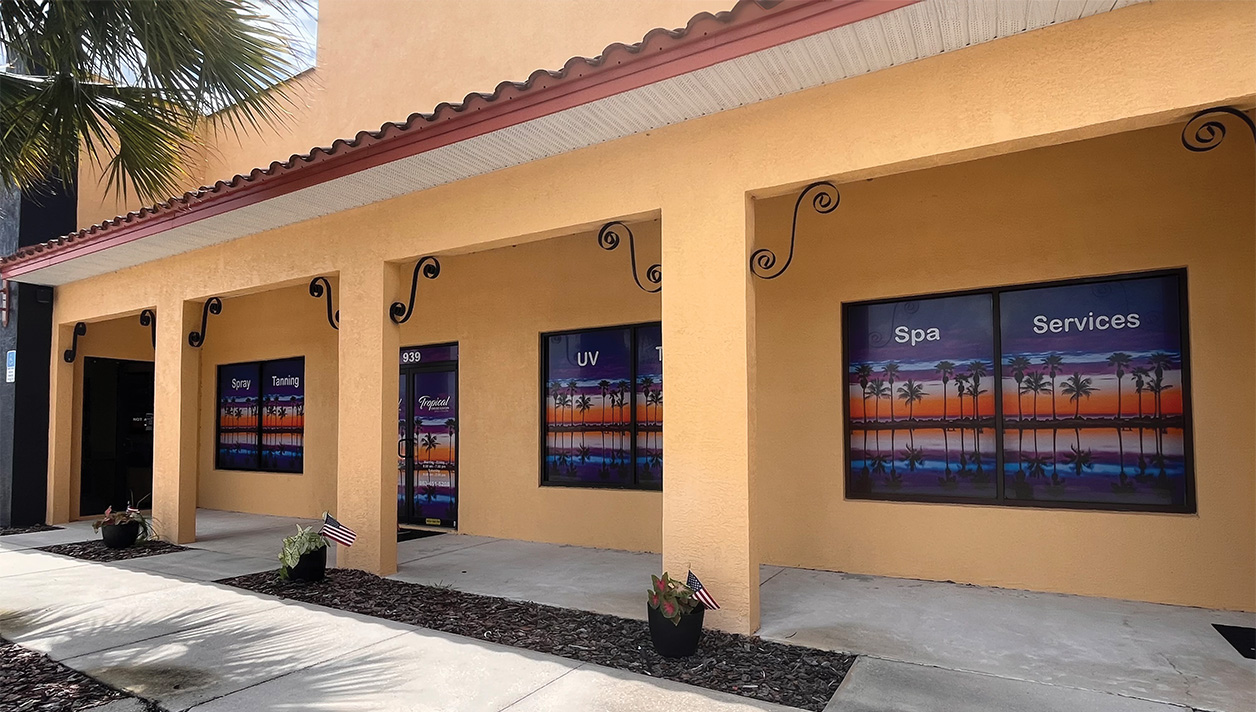[gap height=”15″]We all have certainly heard a lot about “fake news” lately. Well, this report came in from a source called the Roswell Park Cancer Institute, as follows:
[gap height=”15″]Fake News Alert! 4 Lies Tanning Salons Tell to Get Your Money
[gap height=”15″]Gyorgy Paragh, MD, PhD Assistant Professor of Oncology, Department of Dermatology
[gap height=”15″]As a service to IST readers, let’s dissect their true/false report.
[gap height=”15″]It’s safer than natural sun exposure.
[gap height=”15″]Dr. Paragh: False. Indoor tanning uses a different spectrum of light than sunlight, but the overall amount of ultraviolet (UV) radiation received from sun lamps and tanning beds is often greater than natural sunlight. Indoor tanning markedly increases your risk for developing melanoma (the deadliest skin cancer type) and also non-melanoma skin cancers. Based on research data, indoor tanning could be responsible for close to 400,000 skin cancers each year in the U.S. Teens face particular risk. Using tanning beds before age 35 boosts melanoma risk by 59% and women younger than age 30 are six times more likely to develop melanoma if they used indoor tanning.
[gap height=”15″]IST: The media typically has gone after this claim regarding safety that was frequently made back – way back – in the industry’s early days. As graduates of our Sun is Life® Training and Certification program are aware (as are many others), the FDA forbids salon operators from making health claims and claims about the relative safety of indoor tanning. Sunlamps have greater power than sunlight? To what sunlight are they comparing the sunbeds? The sun intensity in Portland, ME in January at 9am, or that in Rio de Janeiro at 12 noon in July? The intensity of the sun is affected by time of day, time of year, proximity to the equator and reflective surfaces such as sand, water and snow. The claim of 400,000 skin cancers linked to indoor tanning also bears further inspection. Research has not been provided that draws a clear line to those only exposed to UV from sunbeds and never any natural sunlight. Remember, indoor tanning offers a controlled environment for obtaining a cosmetic tan.
[gap height=”15″]It helps improve skin conditions like acne, eczema and psoriasis.
[gap height=”15″]Paragh: False. Although other forms of light can be used to treat these conditions, indoor tanning uses a portion of ultraviolet light that is not known to be an efficacious treatment for these skin diseases. Paradoxically, indoor tanning may even have detrimental consequences in these skin diseases, since other proven treatments like antibiotics, can make skin even more sensitive to UV radiation and the damage it causes.
[gap height=”15″]IST: As mentioned above, the FDA prohibits health claims by tanning salon operators. However, there is research available indicating that various ailments have a positive response to UV light exposure. Read more from the The National Institutes of Health report: “A Review of the Use of Tanning Beds as a Dermatological Treatment.”
[gap height=”15″]Getting a “base” tan before going on a beach vacation helps to protect your skin from burning.
[gap height=”15″]Paragh: False. A tan is how your skin responds to damage but it’s very ineffective at preventing additional sun damage and sunburns. The damage caused by ultraviolet light is cumulative – and permanent. It does not go away after the tan fades. The only way to safely and effectively prevent sun damage and burning is to follow good sun protective measures.
[gap height=”15″]IST: Factually, sunbed sessions can produce a tan that has a sun protection factor of 3-4. Clearly, even though it is minimal protection, having a base tan as opposed to hitting the beach with skin that has not been exposed to any UV rays is better than none at all! Read more at the National Institutes of Health report:
[gap height=”15″]Indoor tanning is a good way to get vitamin D.
[gap height=”15″]Paragh: False. The UV radiation from indoor tanning equipment is not the right kind to induce appropriate vitamin D production. It is better to get your vitamin D from healthy eating and taking oral supplements without increasing skin cancer risk.
[gap height=”15″]IST: Again, the FDA forbids tanning facilities from making health claims. However, Dr. Michael Holick and others have published research indicating a positive vitamin D response from exposure to UV from sunbeds. Read more on Dr. Holick at as well as other published studies at
[gap height=”15″]Feel free to share IST’s “counter points” with your salon guests and potential customers – they’re linked to factual info.
By / Shutterstock.com





























